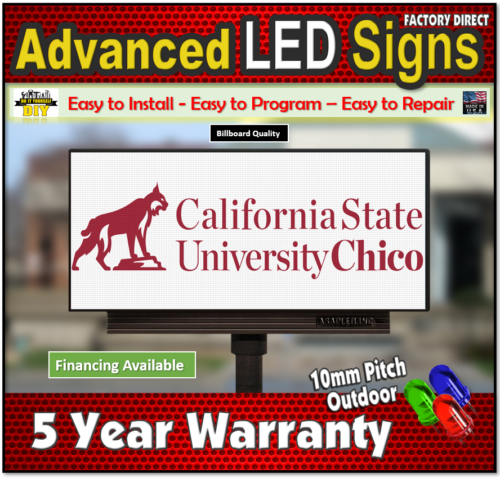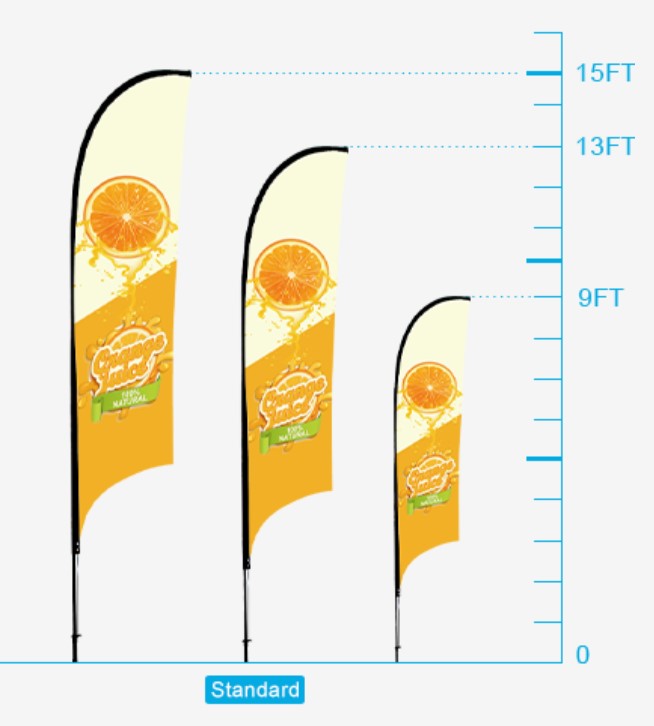
Television was one of America's most influential cultural influences during the 1950s. Advertising was a popular way of promoting products and encouraging purchases during that decade. Advertisements were an integral part of everyday life. Advertising in the decade was a reflection on the American society at the time.
Advertisers were eager to get their products sold. Advertisements were longer in the 1950s than they are now and featured everyday people buying and using products. Speedy Alka Seltzer (Gillette), Gillette, Ajax Cleanser and Ribena are just a few of the memorable TV ads from 1950.
Advertisers did everything possible to make their brand known. Their ads were often animated and catchy. Popular were also the jingles. Sponsors were often reluctant to allow competitors brands into a scene.
For example, the "Be Happy, Go Lucky" ad for Lucky Strike was the most-viewed ad of the decade. The beetle character was unique and gave viewers an impression of originality. Betty White starred as Betty White in the commercials.

The most prominent products advertised on television during the decade were tobacco, alcohol, and cigarettes. According to a publication on tobacco, the potential market for cigarettes was huge among women. These ads were designed to convince people that smoking is cool.
In the midst of this decade, TV ads urged women to support their husbands and keep their homes clean. TV ads were more long than printed advertisements and could be seen on Sundays and late nights.
The advertising depicted women as mothers and focused on their children. The belief that prosperity was a sure thing in the post-World War II years was the basis of the advertising. But by the 1960s, Americans began to demand products that were more personal and expressed individuality.
Advertising depicted the 1950s ideal family. During this period, wives were often portrayed as sweet and sweethearts, and were expected to keep their homes and prepare dinners. They were encouraged to indulge in frivolous activities.
In the 1950s, television commercials featured a few celebrities. John Cameron Swayze acted as a news anchorman and tested Timex watches with outboard motors, jackhammers, and water skis. He also smoked sponsor’s cigarettes. This was required for approval of the commercial.

Advertisers were encouraged a to create a unique image for products. Advertisers hired TV cowboys in this decade to sell their youth-oriented goods. Other 1950s ads include the PG Tips ad with Peter Sellers and chimps.
Television was becoming more mainstream, and advertisements became an increasingly popular form of entertainment. Increasing numbers of TV stations were created to accommodate the demand. Over 3.1 million American homes had televisions by the mid-1950s. However, the cost of a television was expensive, so advertisers had to limit their commercials to less than 30 seconds.
Another commercial that was very popular in this decade was the first advertisement for colored television. It was a Volkswagen advertisement. In this era, color was a popular trend. This trend was also adopted by several other companies.
FAQ
What is an advertisement buyer?
An advertiser purchases advertising space on TV, radio or print media.
Advertisers are paid for the time that their message will appear.
They do not always look for the best ads, but are looking for the most effective to reach their target audience.
The advertiser may have specific demographic information about their potential customers, such as age, gender, income level, marital status, occupation, hobbies, interests, etc.
The advertiser can use this data to determine which medium will work best for them. For example, they might decide that direct mail would be more effective with older audiences.
Advertisers also evaluate the competition. Advertisers may choose to place ads near competitors if there are similar businesses in the area.
Advertisers should also consider the budget they have and how long they plan to spend it before it expires.
What is an advertising campaign?
Advertising campaigns are a series or advertisements that promote a product. It can also refer to the whole production of such ads.
The Latin word for "to Sell" gives rise to the term "ad". Marcus Terentius Varro, 116-27 BC, was the first to use it. He used it as a verb that meant "to make a sales."
Advertising campaigns are most often done by large agencies or businesses. Advertising campaigns can involve many media types, such as television, radio, print, and the internet.
Advertising campaigns typically last for several months and have specific goals. For instance, some campaigns aim to generate awareness while others focus on increasing sales.
What are the basics of radio advertising?
It is important that you understand the differences between media. The most important thing to remember is that all forms of media are complementary rather than competitive.
Radio advertising can be extended to television. It complements TV by reinforcing key messages and providing additional information.
For radio listeners, TV commercials can often be too long. Radio ads are generally shorter and less expensive.
What information do you need about internet advertising
Internet advertising is an essential part of every business strategy. It is a cost-effective way for companies to reach potential customers. There are many kinds of internet advertising. Some are free, while others require payment.
There are several options for advertising on the internet. These include banner ads, pop-up advertisements, search engine optimization (SEO), PPC (pay-per-click) advertisements, social media and mobile marketing. Each method has its pros and cons.
How can I choose my target audience
Start with yourself and those close to you. Do you not know where to start? Ask yourself "Whom do I want to reach?"
Ask yourself the following questions: Who are my industry's most influential people? What are their daily problems? Which are the smartest people working in my field? Where are they located online?
Start at the beginning of your business. What motivated you to start your business? What problem did you solve for yourself, and how did you do it?
These answers will help you identify who your ideal clients are. You'll also learn more about what makes them tick and why they buy from you.
You can also look at your competitors' websites and social media pages to find clues about whom they cater to.
Once you have identified your target customers you will need to choose the channel to reach them. If your company offers services to real estate agents you might make a website that targets home buyers.
A blog could be created if your software is offered to small businesses.
If you sell clothing, you can create a Facebook fan page for teens. Or if you're a restaurant owner, you could set up a Twitter account for parents looking for kid-friendly places to eat.
The point here is that there are many ways to get your message across.
Is there any way to get free traffic?
The traffic that is free comes from organic search results and does not require you to pay for ads. This type of traffic is called natural or organic traffic. There are many ways you can get free traffic.
Article Marketing is one of the most popular methods of getting free traffic because articles have an extremely low cost per click (CPC). Paid ads are more expensive than the CPC. Article marketing can also be referred to content marketing.
Social Media Marketing - Social media sites like Facebook, Twitter, and LinkedIn allow you to promote your business through advertising. These platforms allow you to share updates, photos, and establish relationships with potential customers. Many businesses opt to purchase ad space on social networks because they want to reach a larger audience for a more affordable price.
Blogging - Blogging is another great way to generate free traffic. Writing quality content that people like reading will help you attract visitors. After you attract visitors to your blog, you can make money by selling products or other services.
Email Marketing - Although email marketing has been around since before the advent of the Internet it is still one of the most effective ways to drive traffic and sales to your site. You can grow your list and eventually sell to subscribers by sending them emails frequently.
What is branding exactly?
Your brand is your way of communicating who you are as well as what you stand behind. It is how people remember your name.
Branding is all about creating an identity that makes your company memorable. Branding is more than a logo. It encompasses everything, from the physical appearance of your company to the voice and tone used by your employees.
A strong brand helps customers feel confident in buying from you because they know exactly what they're getting. This gives customers the confidence to choose your products over other brands.
Apple is a prime example of a company with a strong brand. Apple is a well-known brand for its elegant design, high quality products and excellent customer service.
Apple's brand has become synonymous with technology. Apple is the brand people think of whenever they see a smartphone or computer.
When you consider starting a business, it's important to develop a brand. This will give your business a personality and face.
Statistics
- Nonetheless, advertising spending as a share of GDP was slightly lower – about 2.4 percent. (en.wikipedia.org)
- It's 100% reliant on your website traffic. (quicksprout.com)
- In 1919 it was 2.5 percent of gross domestic product (GDP) in the US, and it averaged 2.2 percent of GDP between then and at least 2007, though it may have declined dramatically since the Great Recession. (en.wikipedia.org)
- Advertising's projected distribution for 2017 was 40.4% on TV, 33.3% on digital, 9% on newspapers, 6.9% on magazines, 5.8% outdoor, and 4.3% on radio. (en.wikipedia.org)
External Links
How To
How do I advertise with Google?
AdWords is Google’s advertising platform that allows businesses to buy ads using specific keywords. Your account is the first step. You select a campaign name, set the budget, choose the ad type (text, image, video), and add keywords. You then bid on these keywords. Clicking on an ad will pay you only if it is clicked by someone who searched using one of your targeted keywords. You can get paid even though people don’t buy any products.
Google has many tools to help you ensure your ads work. These include Ads Preferences Manager, Keyword Planner, Analytics, and Ads Preferences Manager. These let you determine which strategy is best for you business.
A keyword planner helps you determine which keywords to use for your campaigns. You can also see how competitive certain keywords are, which will help you decide whether to spend money bidding for them.
Ads Preferences Manager allows you to modify settings like the maximum number impressions per day, and the minimum cost of each click.
Analytics allows you monitor and compare the performance to your ads against other companies. Reports can be viewed that compare your ads to others.